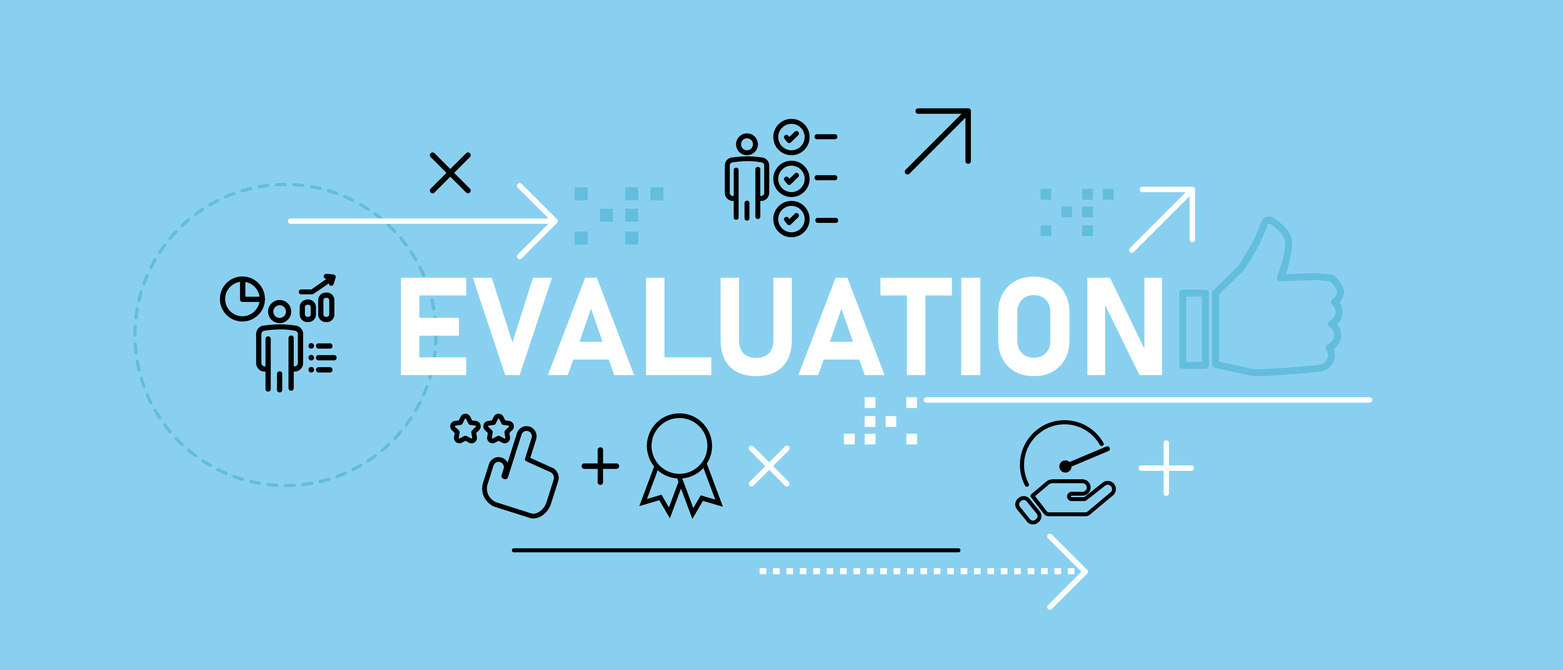Back in 1975, Claude Bennett wrote a paper that quietly reshaped how we evaluate social and educational programmes. Up the Hierarchy offered a deceptively simple idea: that we can trace a logical chain from the resources and activities a programme puts in, right through to the longer-term impact it hopes to achieve. Fifty years on, Bennett’s Evaluation Hierarchy remains a key reference point for how we at Bean understand and track change in people.
His framework has stood the test of time because it reflects both the theory and the reality of evaluation. It showed that while knowledge and skills are vital early indicators of progress, real change is seen in how people feel, what they do differently and the wider outcomes that follow. At Bean, we use this model as a foundation, building on it with our own KAB framework-Knowledge, Attitudes and Behaviour-to reflect the complexity of change as it plays out in people’s lives.
“The higher up the hierarchy one moves, the more difficult-and the more expensive-it is to obtain hard evaluation data.”
– Claude Bennett, Up the Hierarchy, 1975
Bennett understood the challenge that many of our partners still face: the further we look towards long-term outcomes, the harder the data is to capture. But he also argued that this is where evaluation matters most. His insight reminds us to keep pushing beyond measuring delivery or satisfaction-to stay curious about whether learning has stuck, behaviour has shifted and lives have changed.
From KASA to KAB: updating the hierarchy for today’s context
Bennett described outcomes as changes in Knowledge, Attitudes, Skills and Aspirations (KASA)-early signals that a programme is having an effect. At Bean, we’ve evolved this into a more focussed and people-centred structure: KAB-Knowledge, Attitudes, Behaviour.
We see this as a natural progression of Bennett’s thinking, with an important update: we place wellbeing at the heart of the Attitudes layer. Because how people feel-about themselves, their future and their place in the world-is not a side effect of change, but a central part of it.
The KAB principle helps us evaluate what matters:
- Knowledge: what people learn or understand through their involvement
- Attitudes and Wellbeing: shifts in confidence, motivation, mindset and emotional wellbeing-how people feel about themselves and what’s possible
- Behaviour: the actions that follow and the choices people make differently.
By bringing attitudes and wellbeing together, we’re better able to understand how change is experienced internally before it becomes visible externally. This deeper insight helps us capture early momentum, flag potential barriers and support long-term progress.
Evaluation that learns, not just proves
Bennett’s legacy isn’t just a technical framework. It’s a reminder of the value of evaluation that learns, not just proves. He asked us to think critically about how we define success and to work with the data that’s most meaningful-not just the data that’s easiest to collect.
Fifty years later, we still come back to his thinking. We see it in every theory of change we build, every logic model we test and every conversation we have about outcomes. Bennett taught us that evaluation can connect intention to impact-and that the best evaluation walks alongside the work, improving it as it goes.

